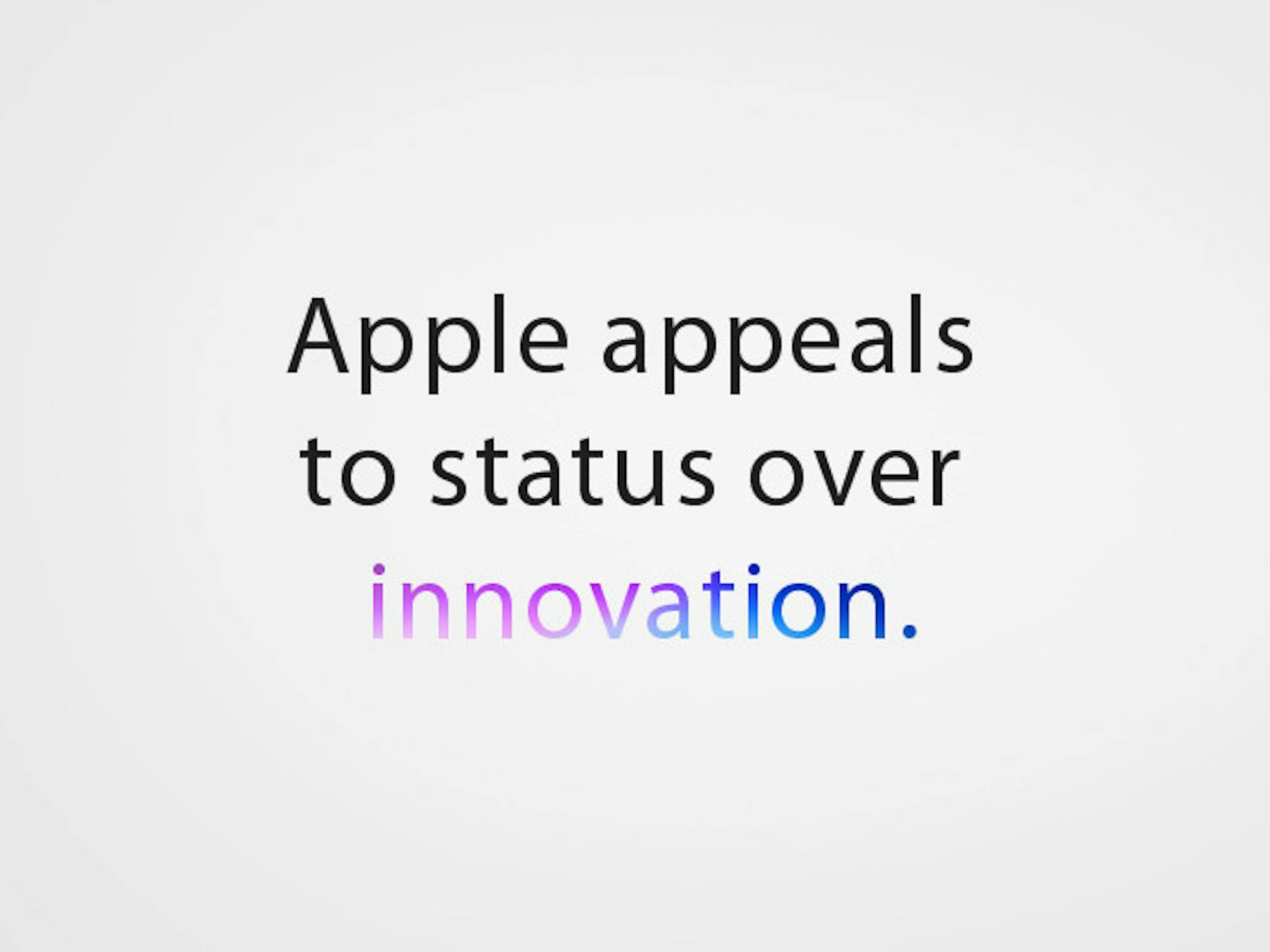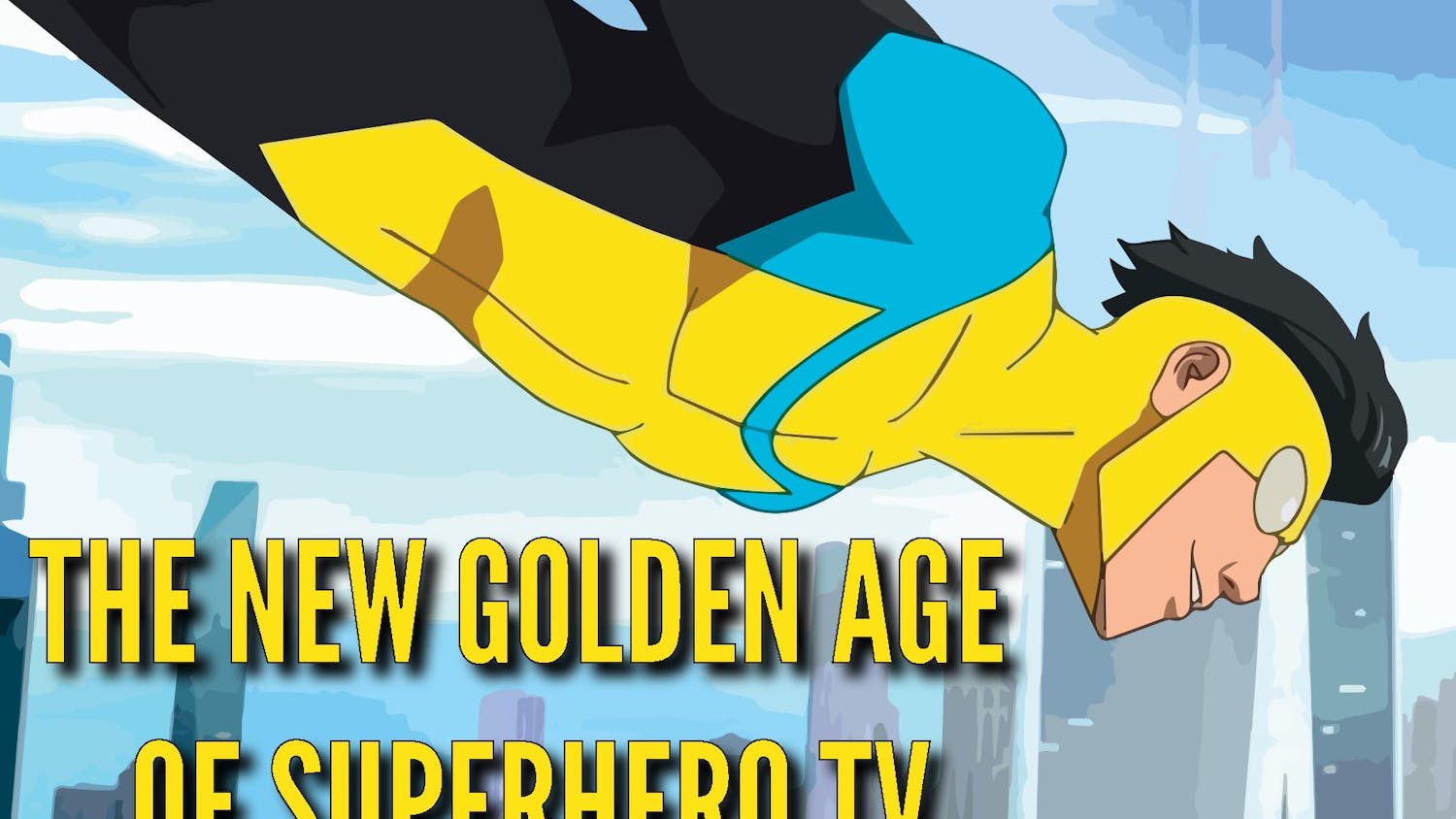
In 2001, a balding man sporting a black turtleneck sweater entered a small, dim room and stepped onstage — ready to change the technology dynamic forever. Gazing out into his audience, he declared the new direction of his company: offering "1,000 songs in your pocket." To emphasize his goal, he pulled a small white box out of his jeans, displaying for the first time the Apple iPod.
The iPod was innovative in its technical details, but it became more influential in the status symbol it created out of Apple. At the time it was assumed that technology was blocky and ugly, but the iPod presented a sleek alternative that was easy to use. It made wires and chips sexy, and other technology had to fight to follow its precedent.
The iPhone came as the next evolution in the Apple mantra of appeal. The big reveal highlighted its responsive touchscreen and sleek finish. Although Apple did combine, or, depending on who you ask, steal, ideas from various sources to produce its final product, the tech specs and usability wowed geeks and businessmen alike. The iPhone replaced the iPod as the new status icon.
Apple's 2014 keynote marketed their newest “invention,” the Apple Watch. The product serves as a complement to the iPhone, as it can act as a controller for the device and also allows users to browse notifications and certain apps in, what seems to be, a less socially obtrusive way.
The Apple Watch fulfills its role as a wearable item that offers faster access to notifications and important applications, however, the keynote did not live up to the innovations of those past. The health aspect does seem appealing, but its constant vitals monitoring sets me on edge, having recently read Dave Eggers's "Circle." Overall, it does not seem to be worth $350.
Unless, of course, you buy it for what it symbolizes. The Apple Watch encompasses where Apple has been headed ever since 2001, when it realized people buy its products not because they're truly innovative, but because they have a certain "feel" that society has come to value.
This can be sensed in Apple's portrayal of the Watch. The company brought in Marc Newson, a designer known for his futuristic and high-fashion concepts. Newson based the Watch on one of his previous IKEPOD designs, and Apple milked this collaboration for everything its worth. There is a whole section on the page devoted to the product about the multitude of cases and loops available. Other facets detail the “over 2 million ways to see time” or “new types of conversation,” available through what it calls “Digital Touch.”
If this isn't evidence enough, wander over to the iPhone 6 reveal. “Bigger than bigger,” Apple advertises — because no one actually cares if its "better." There are major advancements going on under the hood, but the company deems it more important that the buyer knows the shell was redesigned, the camera software was updated, the phone is “faster” and, perhaps, Apple Pay will finally work again. Oh, and there's a new iOS that will make your old devices useless.
Apple in the time of Steve Jobs took the field of technology in new directions. “Jobs” reminded viewers that the secret to success is to know what people want before they want it. Steve Jobs did this with the Apple I, the iPod and the iPhone. At times, he went out of his way to convince the “blind” masses what they needed, and, in hindsight, was right each time.
But I remain unconvinced with the Apple Watch and the progress of the new iPhones. It seems to me that I'd be paying for product placement and the development of new buzzwords, rather than true innovation, especially when the new hardware and software developments are there, just less emphasized.
I'll be impressed again when Apple figures out how to bring Jobs back from the dead, although if Pixar is any indication, he must be working wonders tweaking the after life experience.













